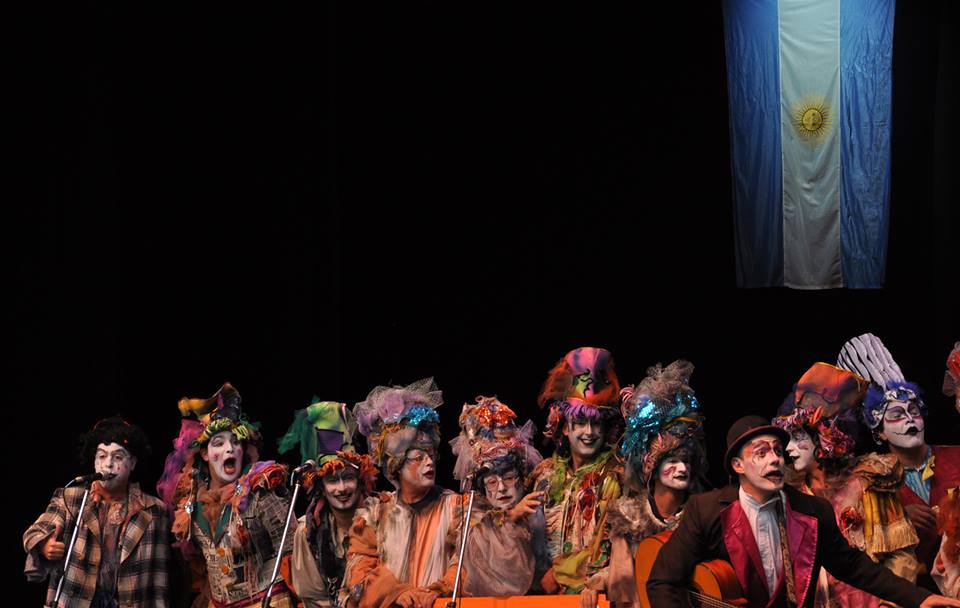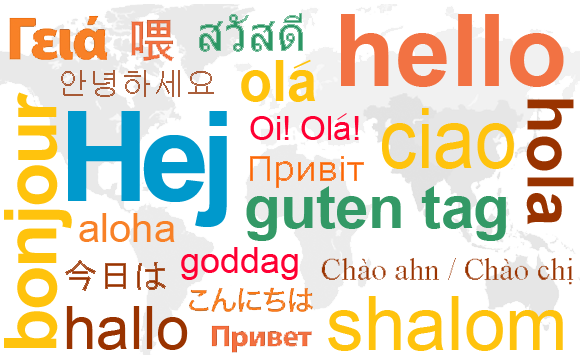“Agarrate, Catalina,” is another widely-used, Argentine lunfardo expression, probably dating back to the 1940s and the story of a young circus artist called, Catalina.
The legend describes the young Catalina as one of the youngest members of a family of trapeze artists in a circus which used to frequent the Porteño neighborhoods of Buenos Aires during the 1940s. As legend would have it, Catalina lost her mother, grandmother and great-grandmother all to fatal trapeze accidents when she was very young. Despite her family’s tragic history, Catalina continued to work in the same field, following the family tradition as a trapeze artist in the neighborhood of San Telmo.
Owing to the tragic events of her family’s history, whenever she stepped out in front of the public to perform, she was met with taunt after taunt to the tune of, “Agarrate bien, Catalina,” which in English literally translates to “Hold on tight, Catalina.” As time went on, the phrase used by many Argentines today, was gradually shortened to, “Agarrate, Catalina.”
The phrase is used in Argentina today to give warning to someone who’s about to launch themselves into a situation which probably won’t be easy and might not even turn out well in the end. The phrase is used as a warning to those who are attempting to follow a dangerous path, which will probably lead them into real troubles. The idea is to send a signal for that person to be alert and ready for the difficult times which await them ahead.
Sadly, as the story goes, Catalina also died during one of her circus functions when she was only 25 years old. Ironically, however, she didn’t die from a trapeze accident. She was, as legend would have us believe, hit directly in the chest by the cannonball man as he was propelled from the cannon and into the arena of the central tent.
If “Agarrate, Catalina” didn’t originate from the story of Catalina and her trapeze-artist family, it may have originated from the pre-race behavior of a popular jockey named, Leguizamo. Leguizamo used to ride above a female horse called, Catalina. Supposedly, before every race, he would mount Catalina and then just before the gunshot was fired, he would lean forward and whisper in his horse’s ear, “Agarrate, Catalina,” hoping that this would help him focus his horse and to win the race.
 Photo: Exequiela Goldini
Photo: Exequiela Goldini
Beyond the mere lunfardo use of the phrase, “Agarrate Catalina” is now known, within a number of countries across the world, as the title of the Uruguayan Murga group of the same name. “Agarrate Catalina” was formed in April 2001 and has since that time continued relentlessly to sing and perform in many different countries, sharing its Uruguayan expressions and traditions with as many different cultures and audiences as possible.
The artistic director, Yamandú Cardozo and his brother, Tabaré Cardozo, have been in charge of the artistic direction of “Agarrate Catalina” since the very beginning. Their work is also deeply set in a range of social ideas and commentaries which pertain to the needs and concerns of Latin American communities in general. These ideas have included The Community, Common People, Civilization and The Journey.






